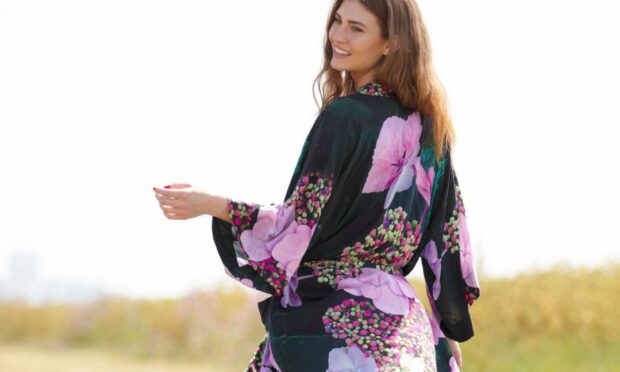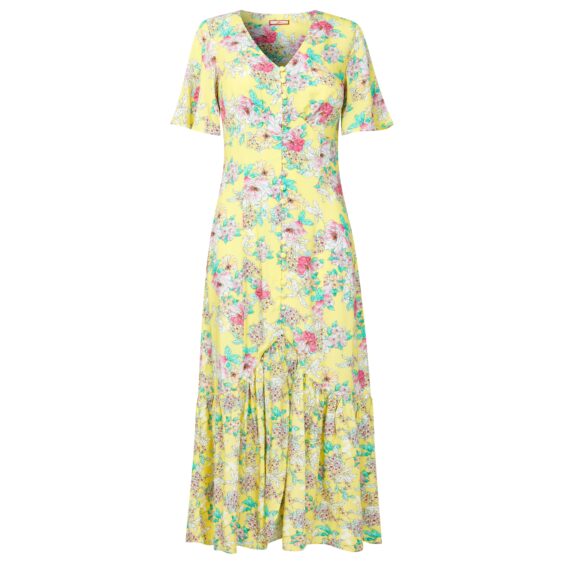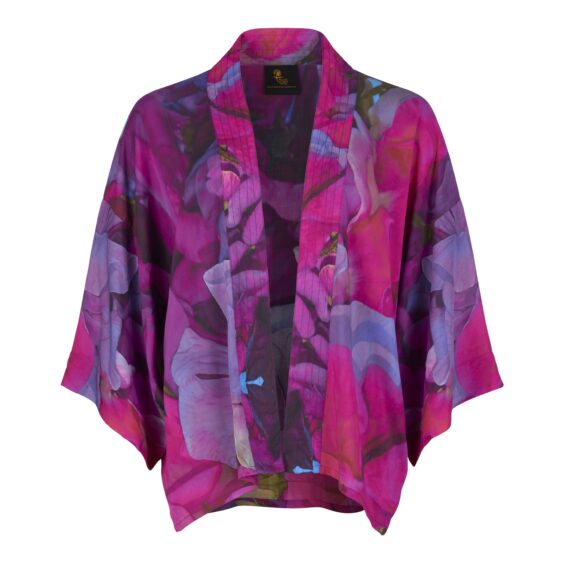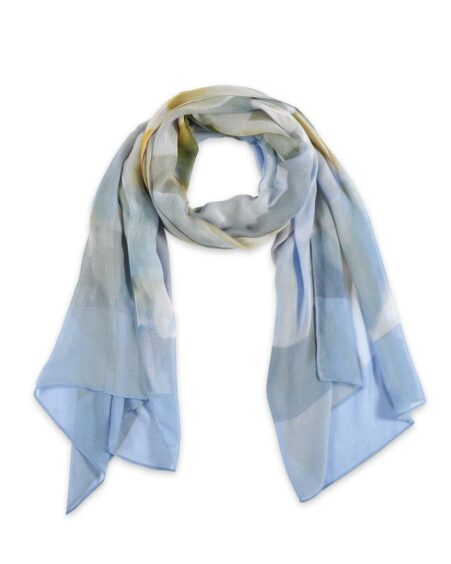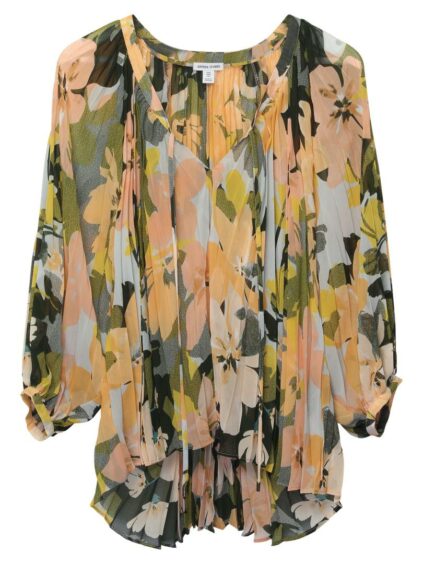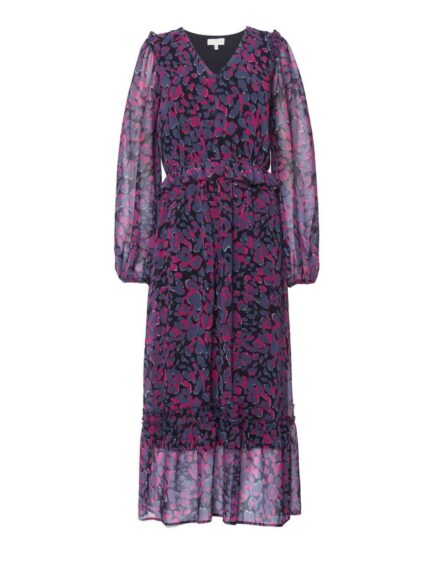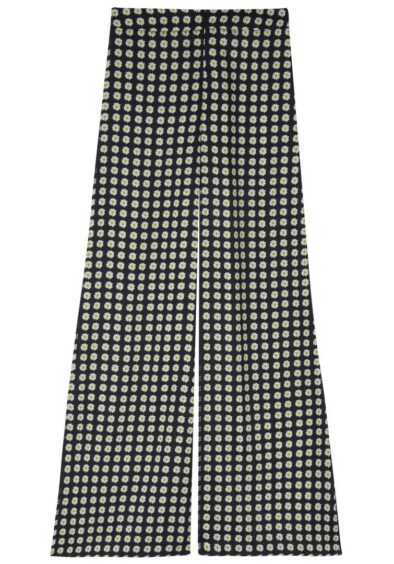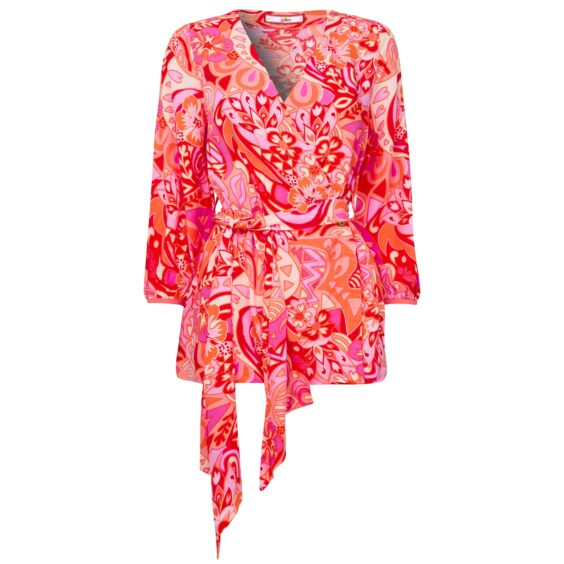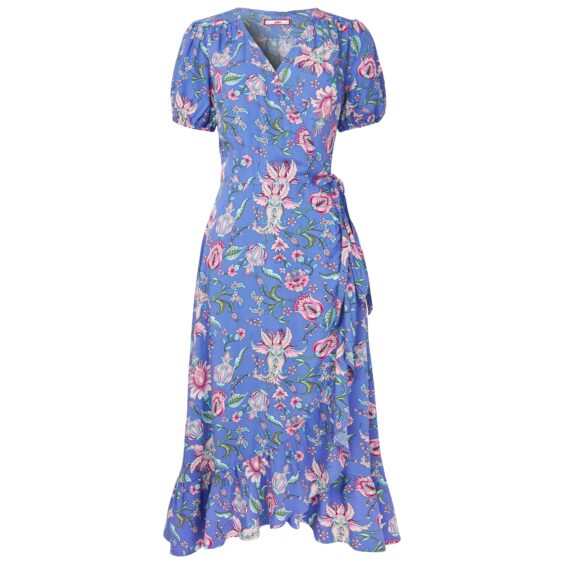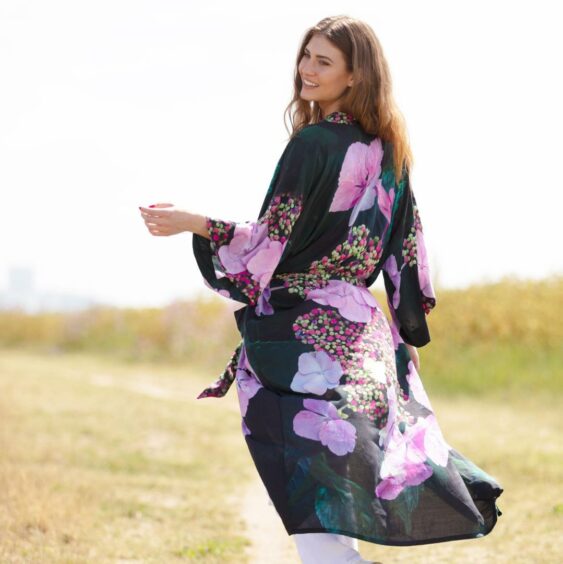Spare a thought for the humble silkworm. There it is unwittingly going about its business making a cocoon for itself so it can turn into a moth, unaware of the sorry end that awaits it because a silk producer has other ideas about its future.
The cocoon can be made from up to 100 metres of silk thread when it is unravelled. In order to emerge from its cocoon though, the silkworm burns a hole through the structure by secreting a fluid which damages the fibres.
Let’s just say silk farmers have found a way to stop them from doing that.
The good news, for silkworms and conscientious consumers alike, is that there is a huge push to find alternative ways of making silk, with some remarkable results.
Vegan silks include spider silk, lotus silk and even peace silk, where the silkworm is allowed to break out of its cocoon and fly away.
From an economic point of view, there are lots of wrinkles to iron out with vegan silks, but for many, the effort and extra expense is justified to achieve a cruelty-free product.
What makes silk so appealing is that it’s floaty – something we love in garments as the weather becomes warmer – and there are lots of other fabrics, as seen here, that have this particular quality, such as viscose, polyester, rayon and chiffon.
Floaty fabrics help keep the wearer cool because they allow air to move across the surface of the skin and some have wicking properties, drawing moisture away from the body.
They are also flattering as they drape well and move beautifully around the figure. But above all, floaty fabrics feel good – and wafting around in a floaty fabric makes summer even more enjoyable.
